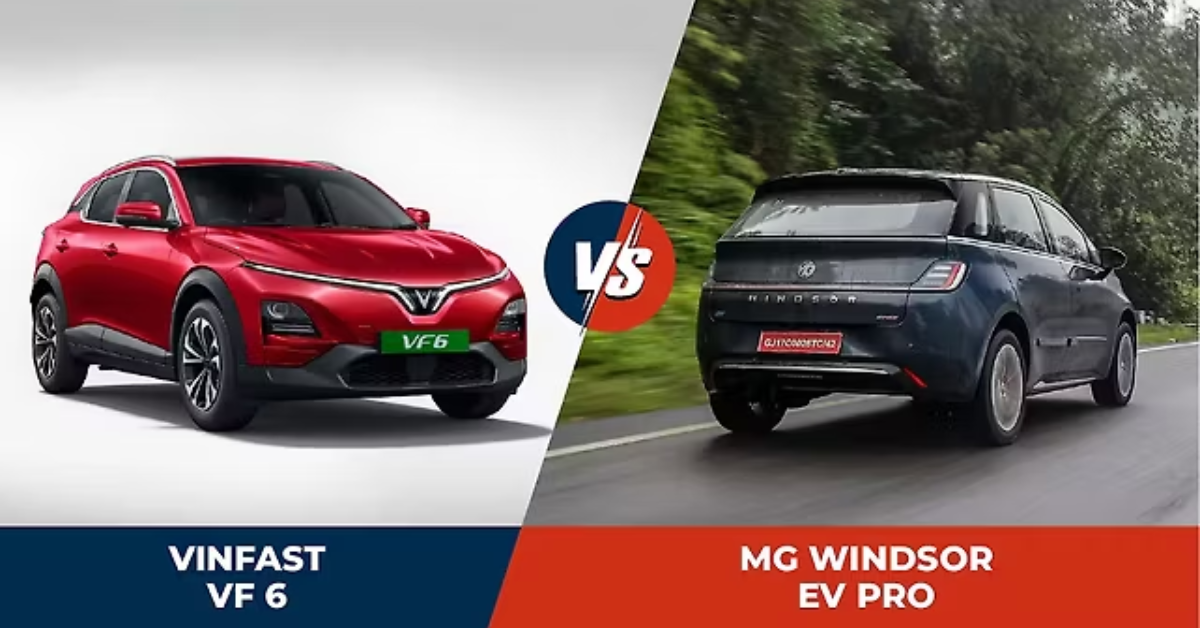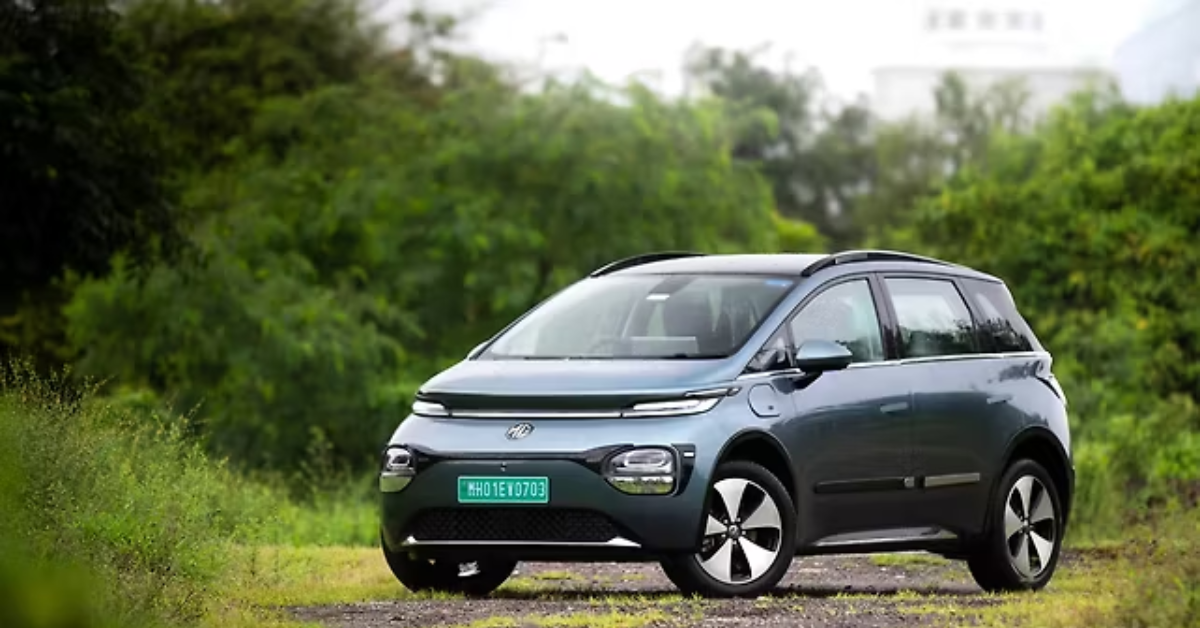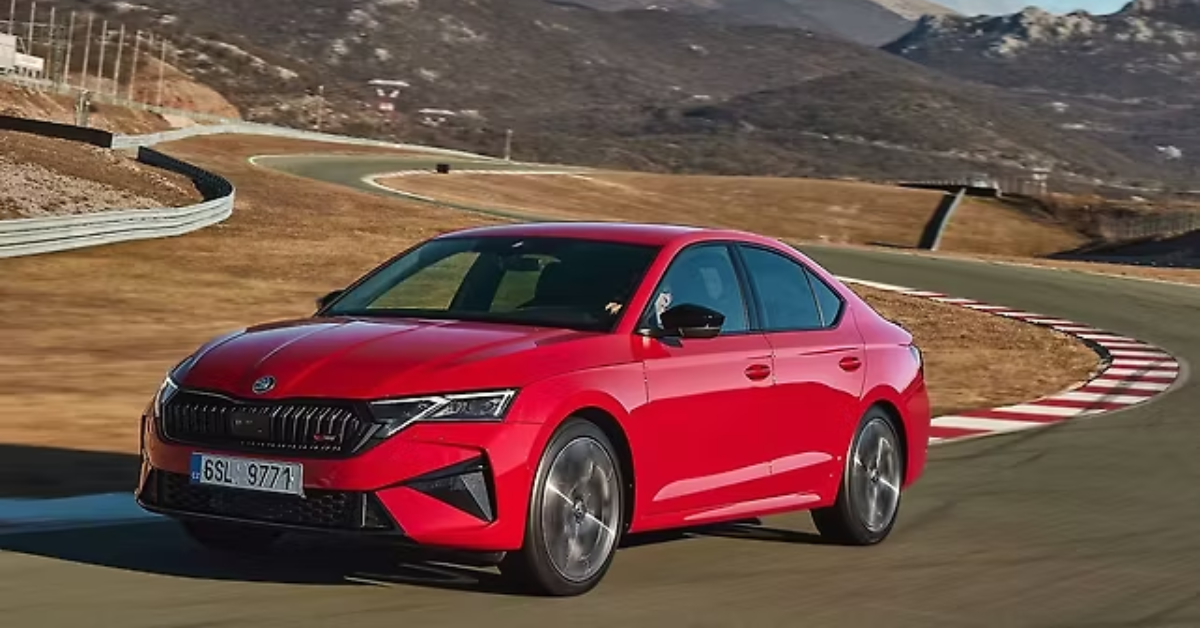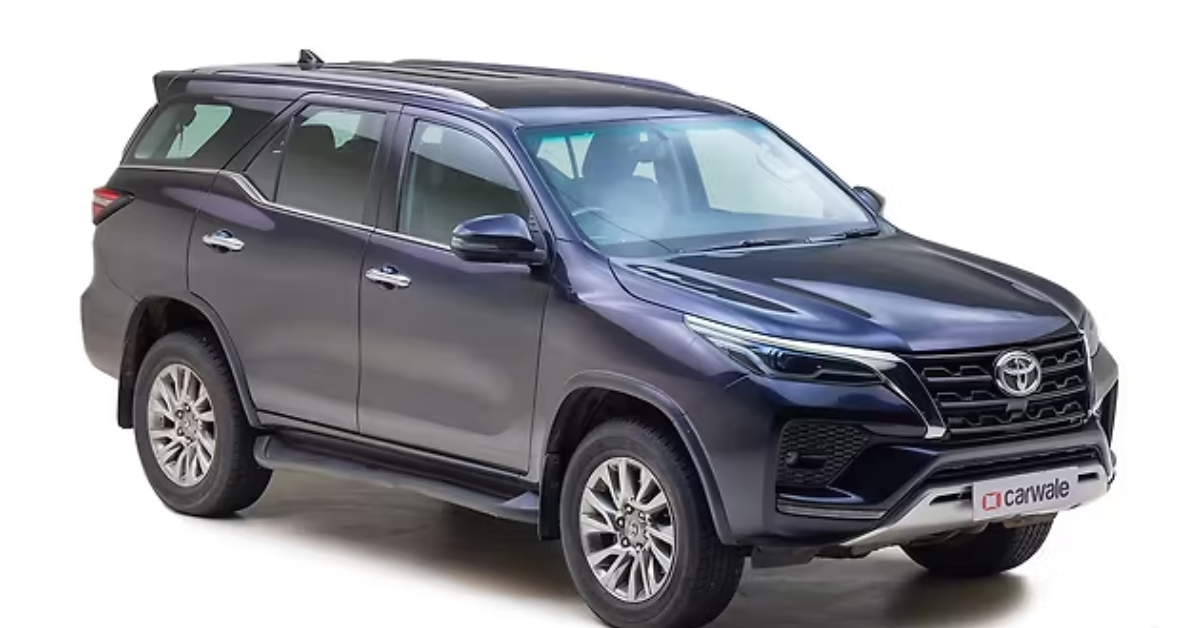India’s automotive sector is witnessing a massive transformation with the shift toward clean and sustainable mobility. Electric vehicles (EVs) are at the forefront of this change, and the country has now entered an exciting new chapter with the launch of the Maruti e Vitara. Prime Minister Narendra Modi flagged off the production of the first-ever Maruti e Vitara, a moment that symbolizes not only the evolution of Maruti Suzuki but also India’s determination to become a global hub for electric mobility.
This event holds significance beyond just the automobile industry—it reflects the government’s commitment to promoting eco-friendly transport, reducing carbon emissions, and supporting the Make in India initiative. Let’s dive deeper into what makes this SUV so important, its features, performance expectations, and how it positions itself in India’s EV ecosystem.
Why the Maruti e Vitara Matters for India
The Maruti e Vitara is not just another SUV; it is a milestone product for Maruti Suzuki and the Indian EV market. Here’s why this launch matters:
- India’s First Mass-Market Electric SUV by Maruti – As the country’s largest carmaker, Maruti Suzuki stepping into the EV space signals a massive shift.
- Boost for Make in India – The e Vitara will be produced domestically, which strengthens local manufacturing and reduces reliance on imports.
- Government Push for EV Adoption – With PM Modi himself flagging off the production, this launch aligns perfectly with India’s goal of achieving 30% EV penetration by 2030.
- Consumer Confidence in EVs – Many Indian buyers have been waiting for an affordable and reliable EV from a trusted brand like Maruti. The e Vitara might be the game-changer.
Maruti e Vitara – Design and Styling
The e Vitara retains the muscular SUV stance of the popular Vitara while incorporating design cues that set it apart as an EV.
- Aerodynamic Lines: A smoother grille and sharper LED headlights for efficiency and modern appeal.
- EV-Specific Elements: Blue accents, unique alloy wheels, and a closed-off front fascia that improves aerodynamics.
- Interior Upgrades: A premium cabin with a digital instrument cluster, EV-specific information screens, and eco-friendly upholstery materials.
- Space and Comfort: Just like the regular Vitara, the e Vitara offers ample cabin space and SUV practicality, making it suitable for Indian families.
Performance and Acceleration
While official specifications are expected to be revealed closer to market launch, here are the anticipated performance highlights based on Maruti Suzuki’s EV strategy and global benchmarks:
- Battery Pack: Estimated 45-50 kWh lithium-ion battery for a good balance between cost and range.
- Range: Likely 400-500 km on a single charge under Indian driving conditions.
- Acceleration (0-100 km/h): Expected in under 9 seconds, making it a zippy SUV compared to regular petrol models.
- Top Speed: Around 150-160 km/h, ideal for highways while keeping efficiency in check.
- Charging Options:
- Fast Charging: 0-80% in about 45 minutes.
- Standard Home Charging: 6-8 hours.
This performance package makes the e Vitara a well-rounded choice for both city commutes and long-distance drives.
Technology and Features
The Maruti e Vitara will not just be about performance—it is expected to pack modern technology and advanced features to meet consumer expectations:
- Infotainment: A 12-inch touchscreen with connected car features, wireless Android Auto & Apple CarPlay.
- Safety: Six airbags, ABS with EBD, electronic stability control (ESC), and ADAS Level 2 features like lane-keep assist and adaptive cruise control.
- Convenience: Wireless charging, ventilated seats, 360-degree camera, and a large boot space.
- EV-Specific Displays: Battery percentage, real-time range estimate, energy flow diagram, and regenerative braking modes.
PM Modi’s Push for Electric Mobility
PM Modi’s involvement in flagging off the production is a strong statement of the government’s backing for EV adoption. Over the past few years, India has taken several initiatives:
- FAME II Scheme: Offering incentives to buyers and manufacturers of EVs.
- PLI Scheme: Encouraging domestic battery manufacturing.
- EV Charging Infrastructure: Accelerating the setup of charging stations across highways and cities.
- Environmental Goals: Reducing carbon footprint and pushing for net-zero emissions by 2070.
By endorsing the Maruti e Vitara, the Prime Minister has reinforced that EVs are not just the future but a national priority.
How Does the e Vitara Compare with Rivals?
The compact and mid-size SUV EV market in India is growing with entries from Tata, Hyundai, and Mahindra. Here’s how the Maruti e Vitara is expected to fit in:
- Tata Nexon EV – Affordable, but has a shorter range (~325-465 km).
- Hyundai Kona Electric – Premium, range around 450 km, higher price bracket.
- Mahindra XUV400 EV – Similar range (375-456 km), sporty performance.
- MG ZS EV – Feature-rich, ~461 km range, higher cost.
The Maruti e Vitara will likely aim for the sweet spot of affordability, range, and reliability, giving it a strong edge in mass adoption.
Consumer Expectations
Indian buyers have always associated Maruti with affordability, reliability, and wide service networks. The e Vitara will need to deliver on:
- Affordable Pricing – Expected between ₹15-18 lakh, making it competitive.
- Low Running Costs – EV running costs are already cheaper than petrol/diesel.
- Peace of Mind – Warranty on batteries and widespread service centers will be crucial.
- Long-Term Value – Resale value and battery replacement options will matter to buyers.
Symbol of India’s EV Future
The launch of the Maruti e Vitara is more than just the production of a new SUV. It symbolizes:
- India’s transition from fossil fuel to clean energy mobility.
- Strengthening of domestic manufacturing.
- Confidence that mass EV adoption is possible when supported by government policy and industry readiness.
Final Verdict
The Maruti e Vitara, flagged off by PM Modi, marks a turning point in India’s EV journey. With a strong focus on range, affordability, and features, it is poised to become the people’s EV SUV—much like how the Maruti 800 became India’s people’s car decades ago.
As production begins, expectations are high. Will the e Vitara live up to the trust Indian consumers place in Maruti? If it does, this SUV will not only dominate its segment but also accelerate India’s EV adoption story.
The flag-off ceremony by the Prime Minister serves as a reminder: the future of mobility in India is electric, and it has just taken a giant leap forward with the Maruti e Vitara.





